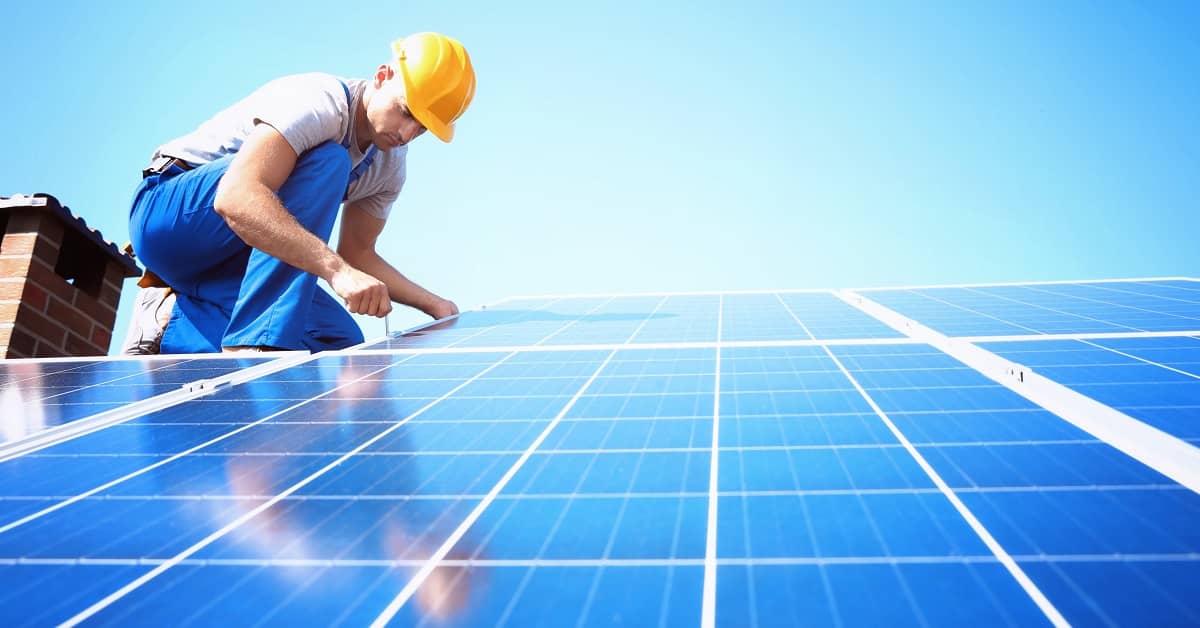
Where to Insulate Your Home in Winter
Few places in the world offer the majestic sights and opportunities for recreation afforded by Colorado winters. Although our snowy outdoors is a major draw, few people want to bring winter into their homes. Unfortunately, without proper insulation, this is the situation faced by many Denver homeowners.
If your energy bills are high and you live with drafts, cold spots, and other issues affecting the comfort of your home, it may be time to upgrade your home insulation. To get the maximum value from insulation, it is important to identify the areas most susceptible to heat loss.
REenergizeCO can help you choose the best insulation for your home and determine where to install it for the maximum impact on your comfort and energy savings. Please call (303) 227-1000 for service in Denver or (970) 323-3191 in Fort Collins.
1. The Attic
Let’s start at the top of your house, where warm air rises. Many homeowners overlook the importance of attic insulation, which means that a significant amount of heat ends up in this often drafty, frequently disused space.
Insulating the floor of your attic can keep warm air centered on the top floor (where many people have bedrooms and home offices). Insulating attic walls, meanwhile, reduces air leakage into the outside world.
2. Windows
Windows that are not properly sealed are a leading culprit of warm air exiting and cold air infiltrating your home. Although you can replace loose and damaged weatherstripping, window replacement may be the best option for upping your insulation.
Today’s high-quality, energy-efficient windows are designed to limit the loss of heat and prevent air leakage. Newer windows are also more effective at retaining heat, which reduces the buildup of condensation and frost when it gets cold in the wintertime.
3. Doors
As with your windows, air often leaks out of gaps around doors that lead to the outside world. Issues with weatherstripping, the door sweep, and other components can all let warm air escape and allow cold air to get inside the house.
Repair or replacement of these and other parts may seal the door sufficiently to keep you comfortable in the winter and throughout the year. You might also need to realign the door in order to eliminate gaps.
Read More: How to Fix a Drafty Door.
4. Appliances
A variety of different appliances contribute to the warmth and comfort of your home in winter. These include the water heater, furnace, HVAC system, etc.
The efficiency of these appliances plays a major role in what you pay for utilities. It is important to use the right lining and insulation to prevent air leaks in winter.
5. Exterior and Foundation Walls
The walls create a barrier between the inside of your home and the cold temperatures outside. However, if this barrier is compromised due to air leaks around doors, windows, electrical sockets, outside faucets, etc., you will likely notice drafts in certain rooms and see a spike in your heating bill.
Proper insulation of exterior walls will keep warm air inside your home. In addition to the walls above ground level, it is important to insulate the walls of your foundation to improve energy efficiency and comfort and prevent the buildup of moisture.
6. The Garage
If you spend a lot of time in the garage, you may notice a significant drop in temperature during the winter. Most garages are unfinished (i.e., they have little to no insulation, and they are not designed with heating in mind). This can result in heat loss that may affect the comfort of the space, as well as the heating of rooms above the garage.
The decision to invest in garage insulation is strictly based on your use of the space and how the garage is connected to other rooms in your house. If you mainly use your garage as a place to park your car and store various items, you may not need to insulate.
7. The Basement
Unfinished basements are typically left in a dark, chilly state. However, if you use your basement for recreation or have bedrooms on the lower level, you want to keep the space as warm as possible.
Basement insulation can make all the difference in creating a habitable bottom floor. This is especially true in the winter months, when heavy cold air rests in low-lying areas.
8. The Crawl Space
The crawl space is one of the most overlooked parts of any house when it comes to insulation. However, lack of insulation in this critical area doesn’t just impact your energy bills and home comfort; it can also allow mold and mildew to form and provide an entrance point for unwanted pests.
In the winter, crawl space insulation can protect your foundation from moisture and block animals from seeking shelter beneath your home. It can also save you money on heating, not to mention expenses related to pest control and repairs to the structure of the house.
9. Old/Damaged Insulation
Home insulation degrades with time. If you have an older home, you may notice multiple cold spots, drafts, and other comfort issues, as well as higher energy bills. These problems are generally most noticeable when winter is at its coldest.
Old and damaged insulation may create a systemic problem for safely and efficiently heating your home. Multiple portions of the house may need to have insulation removed and replaced.
How Do I Know When It’s Time to Replace Insulation?
In addition to paying more on monthly utility bills and feeling uncomfortable amid cold or hot temperatures, a home with old insulation may have air quality issues. A damp feeling may also pervade the air.
For these reasons, insulation removal should always be performed by a professional.
Learn More About Professional Denver Home Insulation
Are you paying too much for heat or getting cold in the winter? It might be time to think about how to improve your home insulation!
REenergizeCO has insulated numerous homes in Denver, Fort Collins, and throughout the Colorado Front Range. Please contact our team today to find out how you can save money on your energy bill and enjoy a healthier, more comfortable home!
"*" indicates required fields


